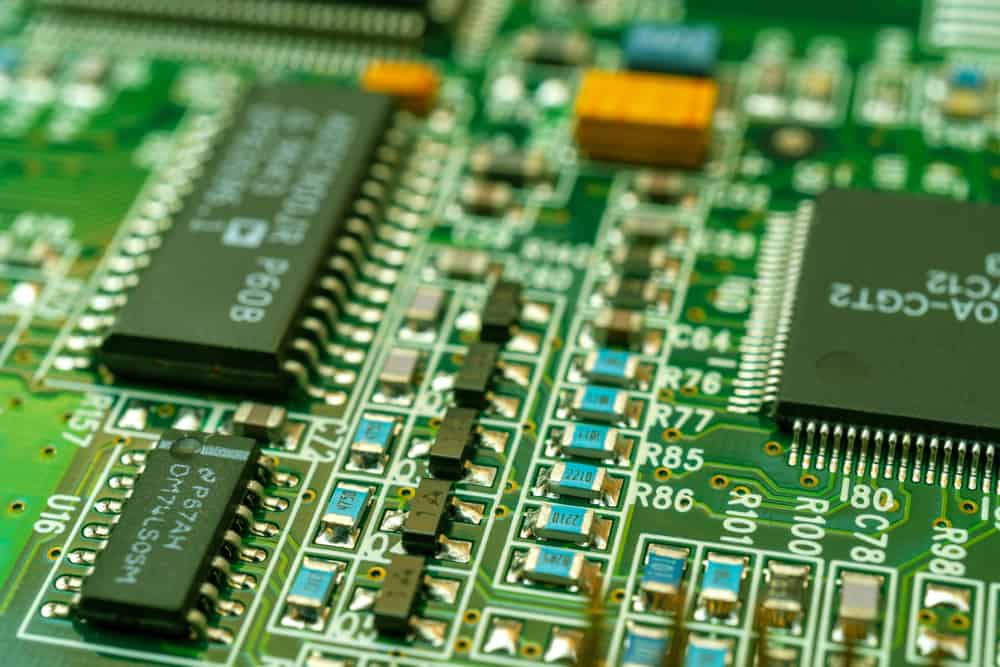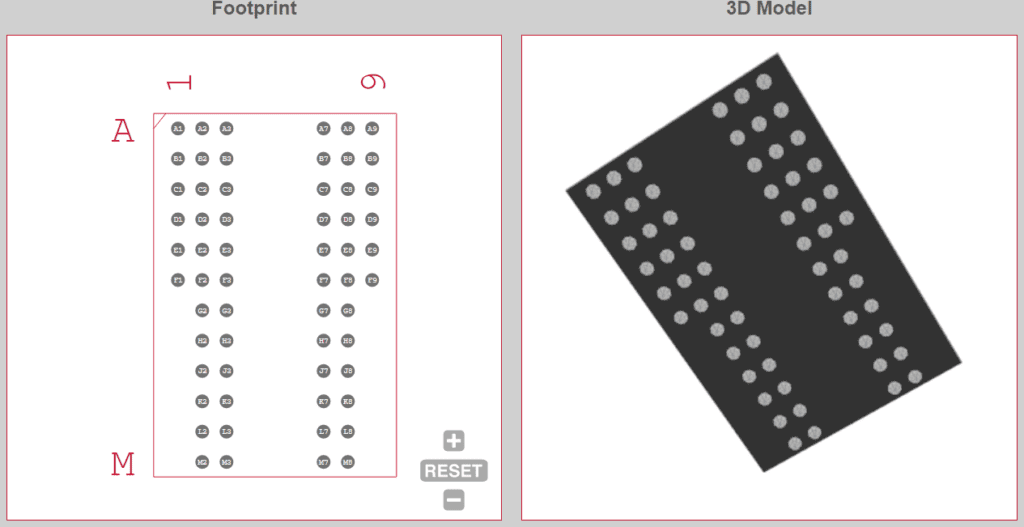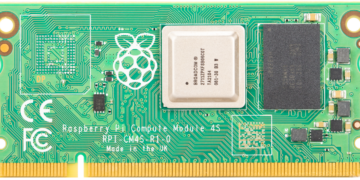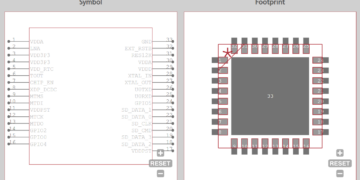
Do you know where to find alternatives for these chips?
Designers who have taken a product with multiple components into manufacturing are likely familiar with supply chain risk. You go to create your order with a fabrication house or start to work on component procurement from distributors only to find the critical components for your design have insufficient stocks or no stock at all. This can be a challenging moment for any design team, especially when you’re planning assembly after your fab run is completed.
In these situations, make sure you know how to find equivalent electronic components. Fortunately, there are some strategies you can use early in the design stage to reduce your risk of redesigns. There are also some strategies you can use to find and replace any out-of-stock components in your design before you start your manufacturing run.
What Makes an Equivalent Electronic Component?
There are several instances where you might need to find equivalent electronic components for a design. For instance, resurrecting an old design might require updating the component set and removing obsolete/EOL components. In a new design, a highly demanded component might go out of stock and you’ll need to quickly find a replacement. Even in new designs, a component might suddenly go NRND as a new replacement becomes available. No matter the reason you need to find an alternative component, there are some strategies you should use to locate alternatives/equivalents and place them in the design.
Alternatives vs. Equivalents vs. Drop-In Replacements
One important point to remember in component selection is that not all components have an “equivalent”; there may only be alternative components. The ideal situation is to find a drop-in replacement, where all the ratings match very closely.
The distinction is rather important, and the two terms can be roughly defined as follows:
- Equivalent component: A component that has the same or very nearly the same electrical specifications as your missing/out-of-stock component. An equivalent component may even be an MPN variant of your desired component, but it may come in a different package or have some extra features.
- Alternative component: An alternative component may not have the same electrical specifications, footprint, symbol, or features as the desired component, but it can be configured to perform the required functions in the design.
- Drop-in replacement: A component with the same symbols, PCB footprint, and pinout as the unavailable component. A drop-in replacement could be considered an equivalent (this is usually a variant MPN of the unavailable component) or an alternative.
When a certain component is unavailable, finding an equivalent component that is also a drop-in replacement is most desirable. This effectively brings the extent of any required redesign to zero. However, not all components have direct equivalents or drop-in replacements, so a suitable alternative has to be found. An alternative will generally have a different package and electrical ratings, but it may still satisfy the main functionality requirements for your design.
Different Types of Equivalents/Alternatives
The table below shows what types of equivalents/alternatives you can expect to find for different types of components. As can be seen, not all types of components have equivalents or alternatives, and changing out certain components (e.g., specialized ICs in unique packages) can force an extensive redesign.
| Passives | You can generally find an equivalent in a different package size or a drop-in from another manufacturer. In extreme cases, use multiples in series or parallel to get the right component values. |
| Discrete transistors | Transistors are common enough that you can usually find equivalents with different packages/footprints. You could also find an alternative with higher electrical ratings in the same package/footprint. |
| Semiconductors (diodes, rectifiers, etc.) | These components can usually be treated like passives, as they are quite common and come in standard packages from multiple component manufacturers. |
| Common ICs | These components include low pin count ICs like regulators, rectifiers, amplifiers, specialty logic, etc. These components come in standard packaging and usually have a drop-in replacement from multiple manufacturers. |
| ICs, standard packages | These components have specialized functionality, and there is not often an equivalent component. There might be a drop-in replacement from the same manufacturer. |
| ICs, unique packages | These components tend to not have drop-in replacements or equivalents. Changing out these components can trigger an extensive redesign. |
Some components, such as discrete transistors and passives, are so common that it’s a simple matter to find a drop-in replacement from multiple manufacturers. Specialized ICs don’t always have equivalents or drop-in replacements, creating the need for some level of redesign.
 DDR SDRAM modules, like the Micron MT46V16M16CY-5B XIT:M, have specialized footprints. Swapping this module for a different component can require some board redesign
DDR SDRAM modules, like the Micron MT46V16M16CY-5B XIT:M, have specialized footprints. Swapping this module for a different component can require some board redesign
How to Find Equivalent Electronic Components
The easiest way to find equivalent electronic components is to use an electronic components search engine. A search engine will allow you to locate components by manufacturer name, MPN, product line name, component type, and specifications. A good strategy to use with a component search engine is as follows:
- Look for drop-in replacements first.
- If drop-in replacements are unavailable, look for variants by searching the MPN for the unavailable component.
- If there are no variants, look for an equivalent by searching based on electrical ratings and component type.
- As a last resort, do a general search for the type of component to try and find alternatives.
Throughout this process, you may find that you end up with a superior alternative component that makes your design much better. The best search engines can also provide component footprints and symbols alongside distributor data and datasheets. Make sure to check the distributor data while searching for equivalent electronic components to ensure you do not swap out one unavailable part with another.
When you need to find equivalent electronic components, use the electronics search engine features in Ultra Librarian. You’ll have free access to supply chain information, datasheets, technical specifications, and ECAD models that are verified by component manufacturers. All CAD data is compatible with popular ECAD applications, allowing you to quickly implement replacements in your design.
Working with Ultra Librarian sets up your team for success to ensure streamlined and error-free design, production, and sourcing. Register today for free.








